
Do you have a question about the Panasonic LUMIX DC-G95D and is the answer not in the manual?
| Type | Mirrorless |
|---|---|
| Sensor Type | MOS |
| Sensor Size | Four Thirds |
| Sensor Resolution | 20.3 MP |
| Image Processor | Venus Engine |
| Shutter Speed | 1/4000 to 60 sec |
| Continuous Shooting | 9 fps |
| Autofocus Points | 49 |
| Screen Size | 3.0 inches |
| Touchscreen | Yes |
| Built-in Flash | Yes |
| Microphone Port | Yes |
| Headphone Port | Yes |
| Wireless | Wi-Fi, Bluetooth |
| ISO Range | 200-25600 |
| Video Resolution | 4K UHD |
| Video Recording | Yes |
| Image Stabilization | 5-axis in-body |
| Screen Type | Articulating LCD |
| Viewfinder Type | Electronic |
| Viewfinder Resolution | 2360k dots |
| LCD Screen | 1040k dots |
| External Flash | Yes |
| USB Port | USB 2.0 |
| Weather Sealing | Yes |
| Battery Life | 290 shots |
| Image Sensor Format | Micro Four Thirds |
Guide on how to locate information using various search methods like Contents and Menu Guide.
Explanation of symbols and text conventions used throughout the manual for clarity.
Essential guidelines for camera maintenance, handling, splash resistance, lens attachment, and firmware.
List of standard accessories and details about compatible lenses and mount adapters.
Identification and detailed explanation of all buttons, dials, and parts of the camera body.
Instructions for charging, inserting, removing batteries, and managing memory cards.
Proper camera holding, using viewfinder/monitor, shutter button, mode dial, and touch screen operations.
Accessing menus, setting items, customizing Quick Menu, and assigning Fn buttons.
Guide on using the on-screen keyboard for text input.
Utilizing Intelligent Auto for automatic settings and Scene Guide for optimized shooting based on scene.
Using Aperture-Priority, Shutter-Priority, and Manual exposure modes for precise control.
Techniques for long exposures (Bulb) and composite imaging (Live View).
Applying various creative filters and effects to images for artistic expression.
Instructions on creating panoramic photos by combining sequential shots.
Guide to AF modes, tracking, face detection, and area selection.
Instructions on using manual focus with MF Assist, focus rings, and touch controls.
Adjusting exposure compensation, metering modes, and locking focus/exposure.
Configuring ISO sensitivity and white balance for optimal light sensitivity and color accuracy.
Selecting drive modes like Burst, 4K PHOTO, Post Focus, Time Lapse, and Self Timer.
Capturing 4K photos, extracting frames from burst files, and managing file operations.
Recording with adjustable focus points and merging images for extended depth of field.
Creating time-lapse and stop-motion videos by capturing sequential images.
Utilizing exposure, aperture, focus, and white balance bracketing for capturing variations.
Understanding the camera's in-body and in-lens stabilization systems, including Dual I.S. and 5-Axis Hybrid.
Using optical zoom, power zoom, and Extra Tele Conversion for magnification.
Comprehensive guide to using the built-in and external wireless flashes, modes, and settings.
Starting, stopping, and understanding indicators for motion picture recording.
Selecting AVCHD/MP4 formats, quality settings, and managing continuous AF for video.
Using continuous AF, AF custom settings, and image stabilization for video.
Using modes like High Speed Video, 4K Live Cropping, and manual controls for creative video.
Creating time-lapse, stop-motion videos, and short clips with Snap Movie.
Basic operations for playing back still images and motion pictures.
Extracting stills from video and using basic editing tools like retouching and cropping.
Switching display modes, managing group images, and safely deleting files.
Overview of the menu structure, including mode-specific menus like Rec, Motion Picture, Custom, Setup.
Configuring image quality settings, RAW format, photo styles, filters, and color spaces.
Fine-tuning metering, AF, exposure, ISO sensitivity, white balance, and noise reduction.
Selecting shutter types, silent mode, stabilizer settings, and drive modes.
Using HDR, Multi Exposure, Clear Retouch, and Text Stamp for image enhancement.
Customizing buttons, menus, touch controls, display settings, and face recognition.
Installing the Image App and connecting the camera to a smartphone via Wi-Fi or Bluetooth.
Operating the camera remotely and automatically transferring images using a smartphone.
Establishing Wi-Fi connections via network, direct connection, saved settings, and Wi-Fi setup options.
Solutions for common Wi-Fi issues like connection errors, PC recognition, and image transmission problems.
Playing back and saving 4K motion pictures on TVs and PCs.
Displaying images on TVs via HDMI and printing wirelessly using PictBridge.
Downloading and using PHOTOfunSTUDIO and SILKYPIX for image management and RAW editing.
Transferring images to a PC via USB and understanding memory card folder structures.
Information on external flashes, hot shoe covers, and handling.
Using the battery grip for enhanced operation and power, and the shutter remote control.
Recording high-quality audio with external microphones and reducing wind noise.
Guidelines for using the AC adapter and DC coupler for continuous power supply.
Understanding display information and proper handling of the monitor, viewfinder, and lenses.
Solutions for errors related to memory cards, power, recording, image quality, focus, and display.
Guidelines for Wi-Fi usage, security, interference, and troubleshooting PC connection problems.
Important safety guidelines regarding electromagnetic fields, magnetic materials, chemicals, and camera handling.
Procedures for cleaning the camera body, image sensor, and viewfinder.
Guidelines for battery care, charging, disposal, and AC adapter usage.
Precautions for memory card handling, data security, and camera repair procedures.
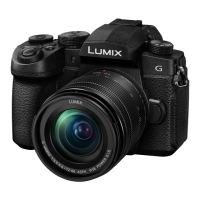
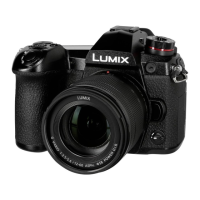
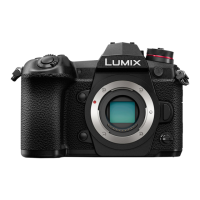
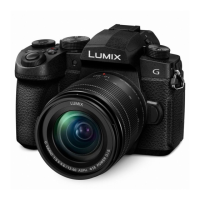
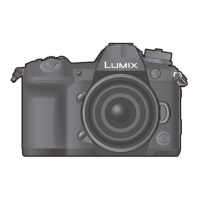
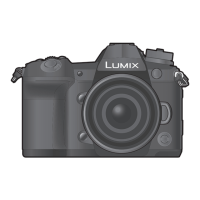
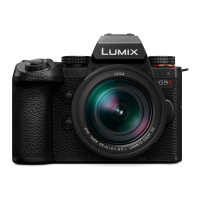
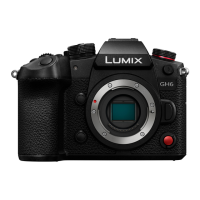
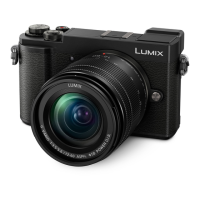

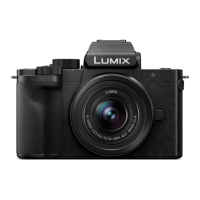
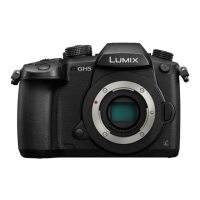
